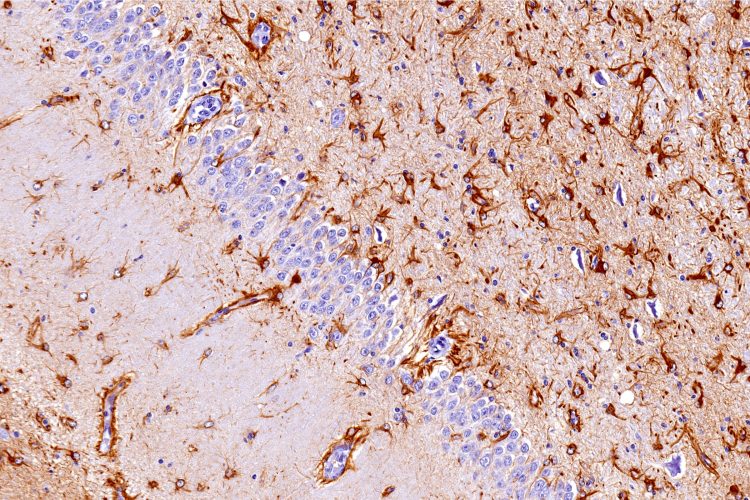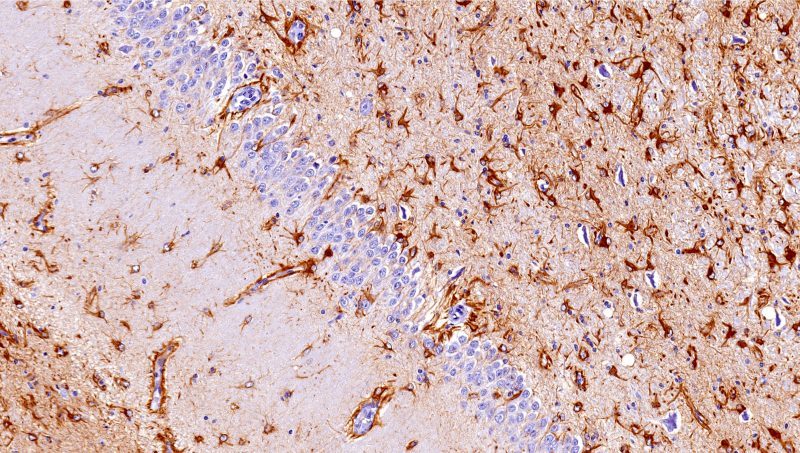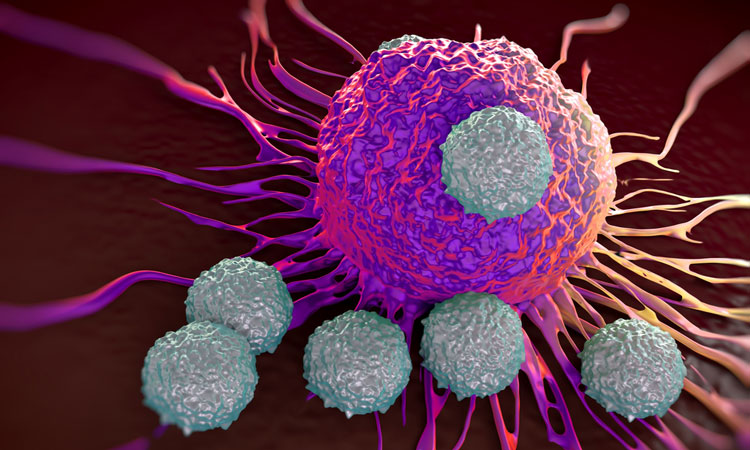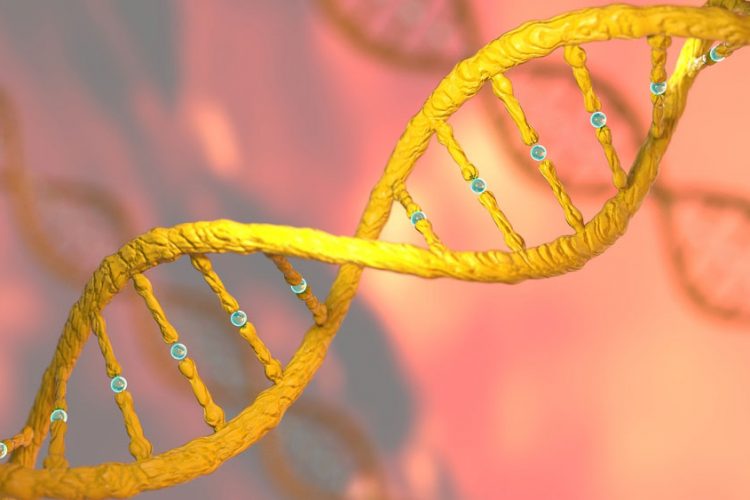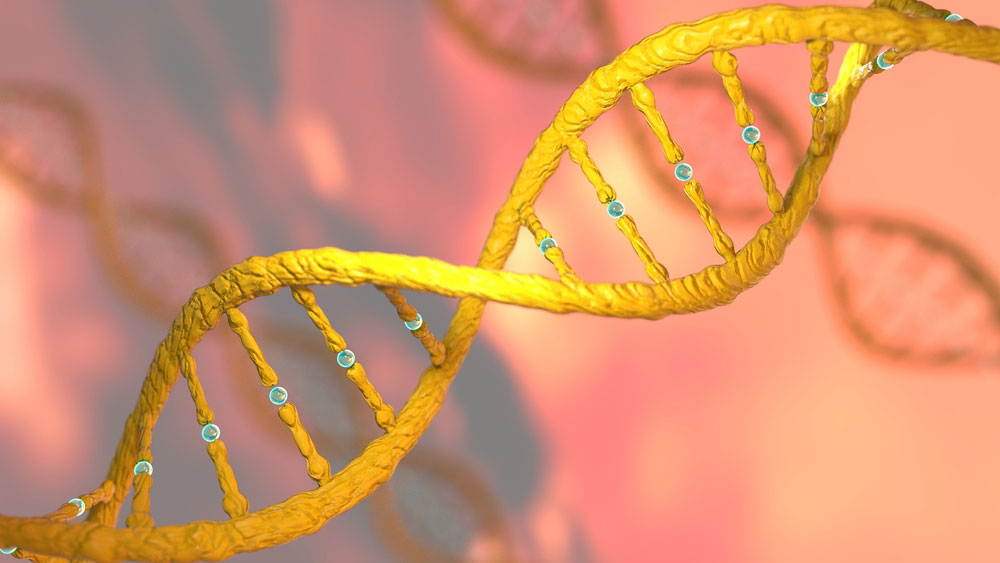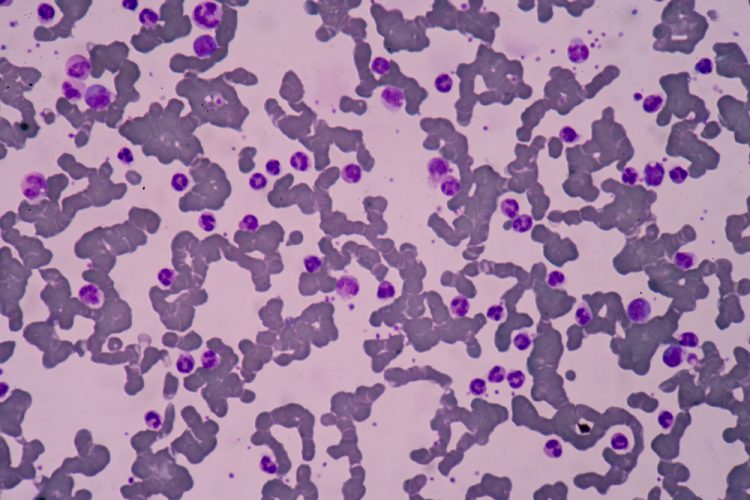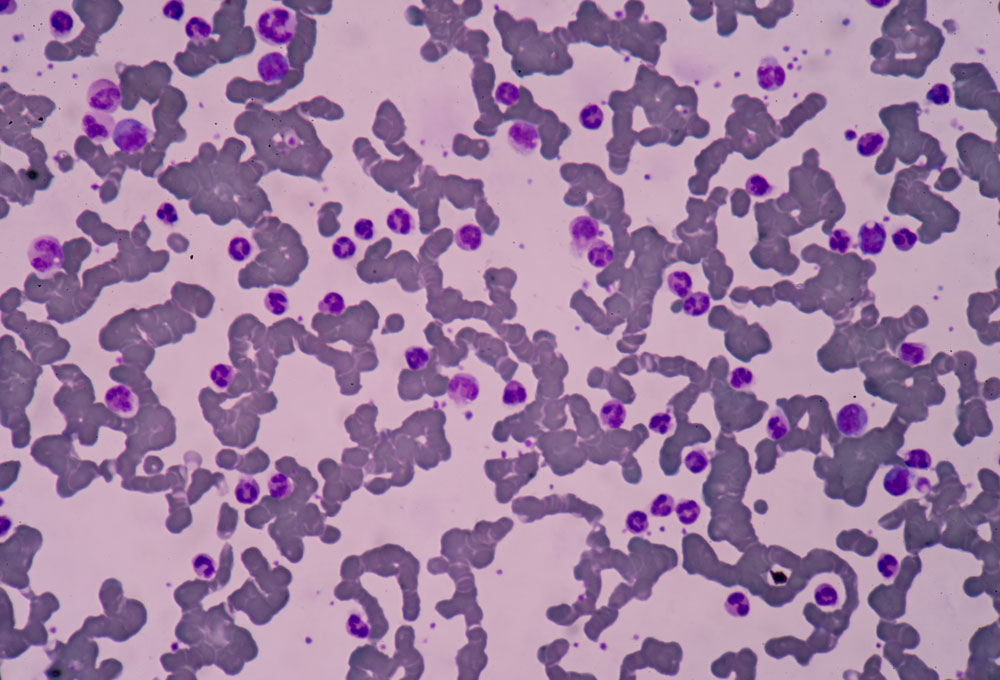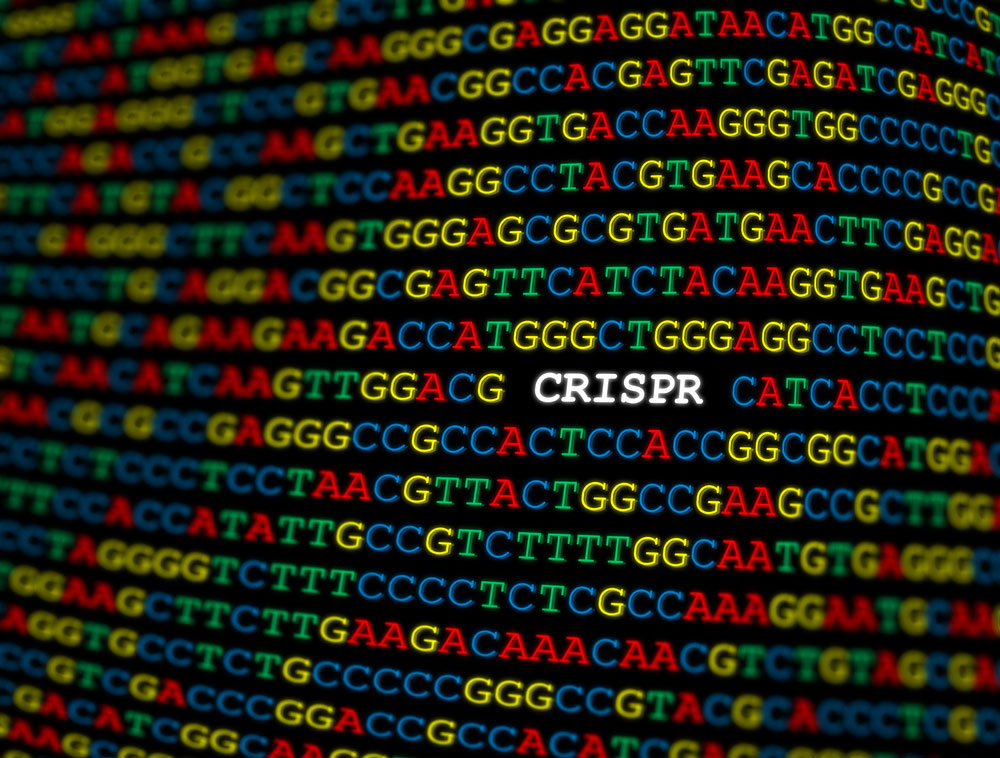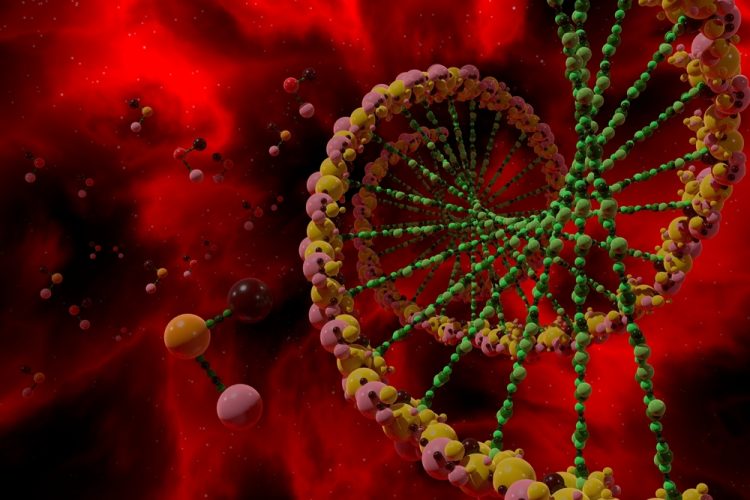List view / Grid view
Genome Editing
New Cas9 enzyme widens scope for CRISPR genome editing
A team of researchers has discovered a Cas9 enzyme that can target almost half of the locations on the genome, significantly widening its potential application.
GFAP gene mutation creates tangles in brain cells – cause of neurological disease
A recent study in the U.S. has identified how a mutation in the GFAP gene, which encodes for the GFAP protein, causes the tangles in brain cells associated with Alexander disease and may also impact other neurological diseases.
Critical cancer immunity genes identified using genetic barcoding
Genetic barcoding using Pro-codes and CRISPR could be used to identify critical cancer immunity genes to aid future therapeutics...
Prenatal gene editing used in treating congenital disease before birth
Researchers show the first example of a base-editing tool to treat a disease in utero in animal models...
Class of neurological disorders share 3D genome folding pattern
Researchers have found another common thread linking nearly all of the TNR expansion diseases...
CRISPR used to deliver BChE into cells to protect from lethal cocaine doses
Researchers have described a novel approach that was able to stifle the desire for cocaine and to protect against an overdose...
Application Note: Full-length, single-cell RNA-seq with the SMARTer™ ICELL8® Single-Cell System
6 September 2018 | By Takara Bio
The data presented in this application note demonstrates how SMARTer ICELL8 Single-Cell System can be used to generate high-quality RNA-seq libraries that provide full-length transcript sequence information from hundreds of single cells in parallel...
Expert view: Managing the complexity of finding new targets and drugging the undruggable
Assessing targets that are unable – or rather, extremely difficult – to reach pharmacologically, has prevented researchers from achieving desired clinical successes, most notably in the realm of cancer research. However, many advances are being made to shedlight on these difficult yet desirable target areas.
CRISPR-Cas9 used to correct sickle cell–causing mutation
Genome editing using the CRISPR-Cas9 system has tremendous promise for therapeutic correction of genetic errors in human cells...
PNA gene editing technique cures beta-thalassemia in utero
Researchers have for the first time used a gene editing technique to successfully cure a genetic condition in a mouse model...
CRISPR technology can correct Alpha-1 antitrypsin deficiency
Groundbreaking research demonstrates proof-of-concept for using CRISPR-Cas9 genome editing technology to correct the gene mutation responsible for AAT deficiency...
CRISPR-Cas9 tool could increase cancer risk
Therapeutic use of gene editing with the so-called CRISPR-Cas9 technique may inadvertently increase the risk of cancer...
ISSCR 2018 to highlight research driving new discoveries and advances in regenerative medicine
Progress in stem cell research and its translation to medicine is the focus of the International Society for Stem Cell Research annual meeting 20-23 June at the Melbourne Convention & Exhibition Centre in Melbourne, Australia.






